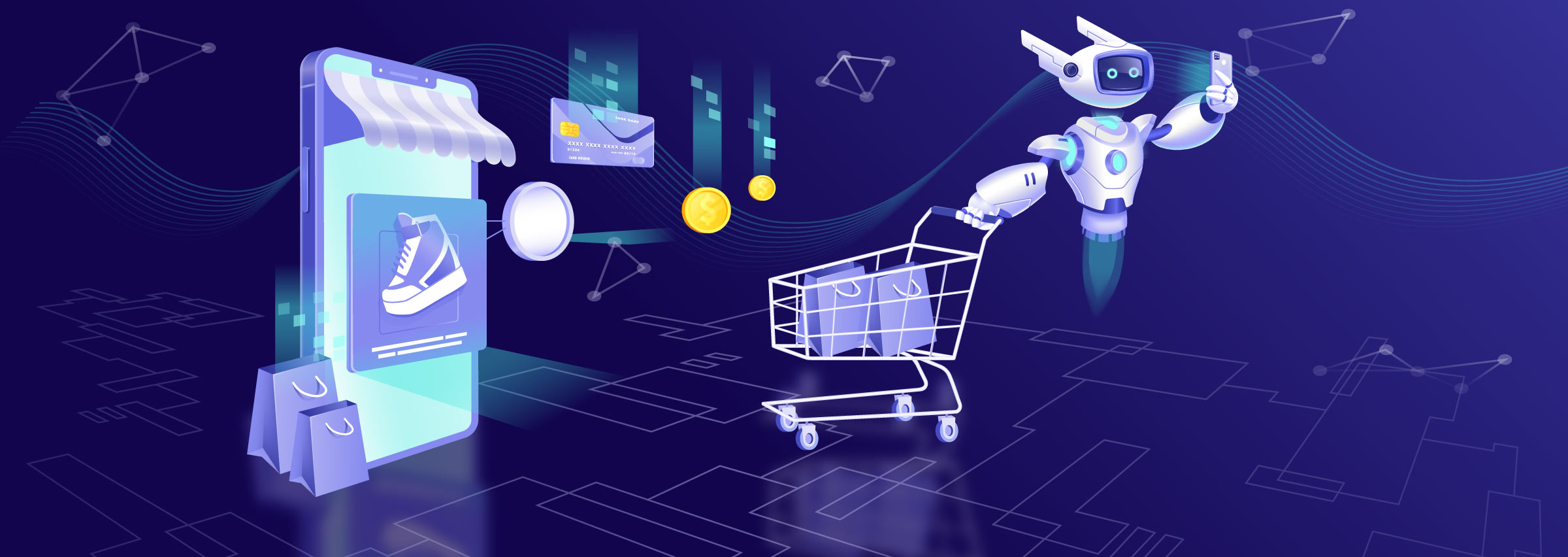8 Must-Know Concepts in Full-Stack AI Development

Strong 8k brings an ultra-HD IPTV experience to your living room and your pocket.
In recent years, Artificial Intelligence (AI) has evolved from a niche concept to a core part of modern applications. Whether it’s a chatbot on a website, a recommendation engine on an eCommerce platform, or a self-learning algorithm in a mobile app—AI is everywhere. But integrating AI into software products isn’t as simple as plugging in a few lines of code. It requires a full-stack approach.
A reliable Full-stack development company has the expertise to handle both the front-end and back-end complexities of AI integration, ensuring seamless functionality and a smooth user experience across all platforms.
Full-stack AI development means understanding not just the AI model itself, but the complete system—from front-end interfaces to back-end infrastructure, data pipelines, APIs, and cloud deployment. Whether you're a developer, tech entrepreneur, or curious learner, knowing these fundamental concepts can help you better plan, build, or collaborate on AI-powered solutions.
Let’s explore the 8 must-know concepts in full-stack AI development, explained in layman-friendly language.
1. Data Collection and Preprocessing
AI applications are only as good as the data they’re trained on. Think of data as the fuel that powers AI engines. Before you can build any intelligent system, you need access to clean, relevant, and high-quality data.
Key points:
1. Raw data is messy. It might contain errors, missing values, duplicates, or irrelevant information.
2. Preprocessing involves cleaning and transforming data so that it’s ready for use by machine learning (ML) algorithms.
3. Common techniques include normalization (scaling values), encoding (turning text into numbers), and filtering out noise.
Why it matters: Properly cleaned data makes AI models more accurate, reliable, and useful.
2. Machine Learning and Deep Learning
At the heart of AI development are machine learning (ML) and deep learning (DL) models. These are algorithms that learn from data to make predictions, classifications, or decisions.
1. Machine Learning deals with algorithms that can learn from historical data to predict future outcomes. For example, predicting house prices based on size and location.
2. Deep Learning is a subset of ML that uses neural networks inspired by the human brain. It's particularly effective for handling images, voice, and large-scale data.
Common ML algorithms: Linear regression, decision trees, k-nearest neighbors.
Popular DL architectures: Convolutional Neural Networks (CNNs), Recurrent Neural Networks (RNNs), and Transformers.
Why it matters: Understanding which model to use—and when—is essential to solving different types of AI problems effectively.
3. Model Training and Evaluation
Once you’ve chosen a model, the next step is to train it using historical data. This means feeding it examples so it can learn patterns.
1. Training involves showing the model many examples and adjusting it to minimize error.
2. Evaluation tests how well the model performs on new, unseen data.
3. Metrics like accuracy, precision, recall, and F1 score help assess performance.
Why it matters: A model that performs well in training but fails in the real world is not useful. Proper evaluation ensures the model will work in production.
4. Backend Infrastructure
AI doesn’t live in a vacuum. Once your model is trained, you need a backend system to support it.
1. This includes databases to store user inputs and predictions, APIs to serve the AI model to users, and server logic to manage workflows.
2. Common backend frameworks include Node.js, Django, Flask, and Spring Boot.
Why it matters: The backend connects your AI model to the real world. Without it, the model is just code sitting on your computer.
5. Frontend Integration
A full-stack AI application needs a user interface that communicates with users and displays results.
1.This can be a web app, mobile app, or even a voice assistant.
2. Technologies like React, Vue.js, Flutter, or Swift are used to build modern UIs.
3. The frontend should collect user input, send it to the backend (and ultimately to the AI model), and display the output intuitively.
Example: A face recognition app might let users upload a photo and then show the match percentage based on the AI model’s output.
Why it matters: If users can’t interact with your AI effectively, the model has no practical value.
6. APIs and AI-as-a-Service
Not every team needs to build their own AI model from scratch. Today, many cloud providers offer AI-as-a-Service (AIaaS) through APIs.
1. Examples: Google Vision API, OpenAI’s GPT API, Amazon Comprehend, IBM Watson.
2. You can integrate these APIs into your backend to add capabilities like language understanding, image recognition, or recommendation engines without training a model yourself.
Why it matters: APIs lower the barrier to entry for AI development and help you go to market faster.
7. Model Deployment and MLOps
You’ve built and tested your AI model. Now what? You need to deploy it so others can use it—and manage it reliably over time.
1. Deployment involves hosting the model on a server or cloud platform so that it can handle requests from real users.
2. MLOps (Machine Learning Operations) is like DevOps for AI—it covers version control, automated testing, monitoring, and retraining.
3. Tools like Docker, Kubernetes, MLflow, and TensorFlow Serving help automate and streamline this process.
Why it matters: A great model that can’t scale or crashes in production is worse than a simple model that runs smoothly.
8. Security, Privacy, and Ethics
As AI systems get more powerful, it’s essential to ensure they are secure, ethical, and respect user privacy.
1. Data privacy regulations like GDPR and CCPA impose legal responsibilities on how user data is collected and used.
2. Bias in AI models can lead to unfair outcomes—such as favoring certain genders, races, or groups.
3. Security risks include adversarial attacks, model theft, or data leaks.
Best practices:
1. Encrypt sensitive data.
2. Use explainable AI techniques to interpret model decisions.
3. Regularly audit your models for bias and fairness.
Why it matters: Ethical and secure AI is not just good practice—it’s a business and legal necessity.
Final Thoughts
Full-stack AI development isn’t about mastering every single tool or algorithm. Instead, it’s about understanding the big picture—how AI fits into a larger application, how data flows through the system, and how to build a seamless, end-to-end solution that actually helps users.
When looking for comprehensive Software Development Services, it’s important to choose teams that focus on this holistic approach, ensuring AI features are effectively integrated and deliver real value within the overall software ecosystem.
Note: IndiBlogHub features both user-submitted and editorial content. We do not verify third-party contributions. Read our Disclaimer and Privacy Policyfor details.



